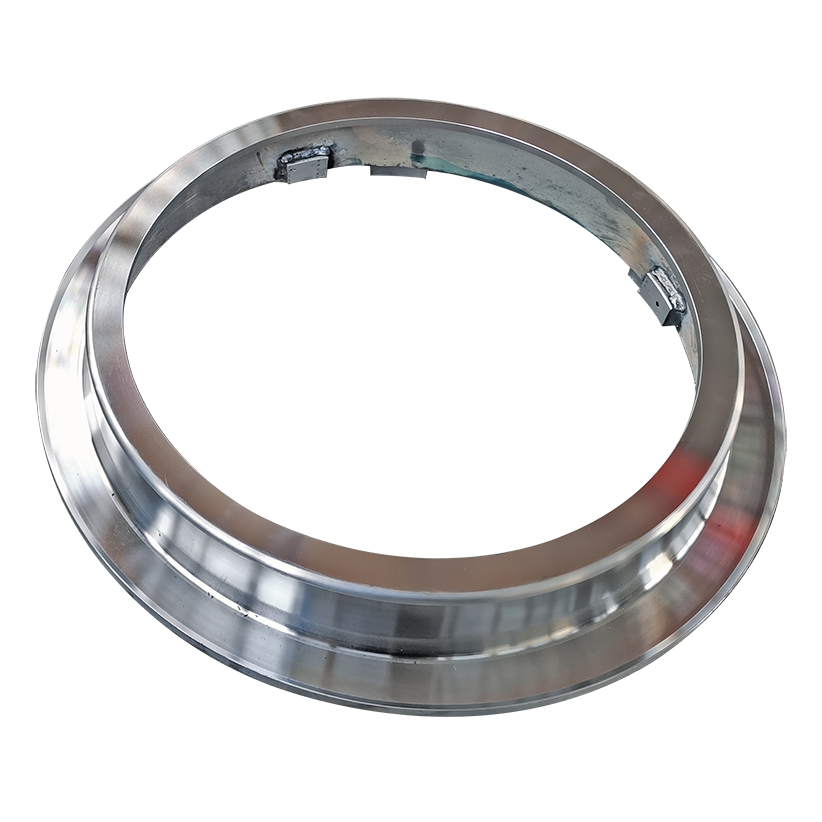- Afrikaans
- Albanian
- Amharic
- Arabic
- Armenian
- Azerbaijani
- Basque
- Belarusian
- Bengali
- Bosnian
- Bulgarian
- Catalan
- Cebuano
- China
- China (Taiwan)
- Corsican
- Croatian
- Czech
- Danish
- Dutch
- English
- Esperanto
- Estonian
- Finnish
- French
- Frisian
- Galician
- Georgian
- German
- Greek
- Gujarati
- Haitian Creole
- hausa
- hawaiian
- Hebrew
- Hindi
- Miao
- Hungarian
- Icelandic
- igbo
- Indonesian
- irish
- Italian
- Japanese
- Javanese
- Kannada
- kazakh
- Khmer
- Rwandese
- Korean
- Kurdish
- Kyrgyz
- Lao
- Latin
- Latvian
- Lithuanian
- Luxembourgish
- Macedonian
- Malgashi
- Malay
- Malayalam
- Maltese
- Maori
- Marathi
- Mongolian
- Myanmar
- Nepali
- Norwegian
- Norwegian
- Occitan
- Pashto
- Persian
- Polish
- Portuguese
- Punjabi
- Romanian
- Russian
- Samoan
- Scottish Gaelic
- Serbian
- Sesotho
- Shona
- Sindhi
- Sinhala
- Slovak
- Slovenian
- Somali
- Spanish
- Sundanese
- Swahili
- Swedish
- Tagalog
- Tajik
- Tamil
- Tatar
- Telugu
- Thai
- Turkish
- Turkmen
- Ukrainian
- Urdu
- Uighur
- Uzbek
- Vietnamese
- Welsh
- Bantu
- Yiddish
- Yoruba
- Zulu
តុលា . 06, 2024 04:41 Back to list
lost wax casting manufacturers
Lost wax casting, also known as investment casting, is a versatile and precise manufacturing process widely used to create intricate metal parts and components. This method has been utilized for centuries and continues to be popular among manufacturers due to its ability to produce high-quality products with exceptional detail and accuracy. This article explores the significance of lost wax casting manufacturers, their processes, and applications in various industries.
One of the primary advantages of lost wax casting is its capability to produce complex geometries that would be challenging or impossible to achieve with traditional machining methods. The process begins by creating a wax pattern of the desired part. This pattern is then coated with a heat-resistant ceramic shell, typically made from a fine silica material. Once the shell hardens, it is subjected to heat, melting away the wax and leaving a cavity in the shape of the original pattern. Molten metal is then poured into this cavity, allowing for the formation of the final part.
Lost wax casting manufacturers typically use various metals in their projects, including stainless steel, bronze, and aluminum. These materials are chosen based on the application requirements, such as corrosion resistance, strength, and temperature tolerance. The process is especially beneficial in industries where precision is critical, such as aerospace, automotive, and medical device manufacturing. For instance, the aerospace industry relies heavily on lost wax casting to produce turbine parts and other components where weight reduction and performance enhancement are paramount.
lost wax casting manufacturers

In addition to producing intricate designs, lost wax casting also offers significant cost savings for manufacturers. The streamlined process reduces material waste, as only the required metal is used to create the final product. Moreover, significant savings can be realized in machining costs due to the high level of accuracy achieved during casting, reducing the need for extensive post-processing.
As technology advances, lost wax casting manufacturers are continually innovating their processes to enhance efficiency and quality. The integration of computer-aided design (CAD) and computer-aided manufacturing (CAM) has transformed the way patterns are designed and produced, allowing for even more complex shapes and improved production timelines. Additionally, advancements in materials science are leading to the development of new alloys specifically tailored for the lost wax casting method, further expanding the possibilities of this manufacturing technique.
In conclusion, lost wax casting remains a critical manufacturing process with a wide array of applications across various industries. The precision, versatility, and cost-effectiveness of this method make it an invaluable tool for manufacturers. As techniques and technologies evolve, the capabilities of lost wax casting will continue to expand, paving the way for innovative solutions in the metal fabrication landscape. Whether it's creating intricate jewelry or essential aerospace components, lost wax casting manufacturers play a vital role in meeting the demands of modern industry.
-
Custom Low-NOx Gas Boilers Efficient Commercial Heating Solutions
NewsMay.25,2025
-
Low-NOx Condensing Gas-Fired Boilers Efficient & Custom Solutions
NewsMay.25,2025
-
Custom Domestic Hot Water Heat Exchangers Efficient & Durable
NewsMay.24,2025
-
Cast Iron vs. Ductile Iron Differences, Uses & Benefits
NewsMay.24,2025
-
Top Gas Fired Boiler Supplier High-Efficiency Solutions & OEM Support
NewsMay.23,2025
-
Marine Gear Box Casting Solutions Durable & Custom OEM/ODM
NewsMay.23,2025


